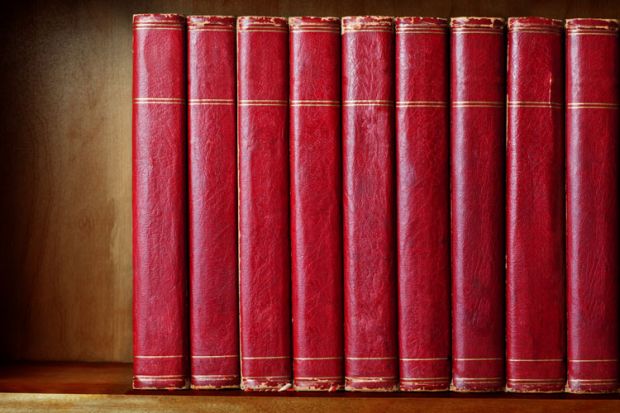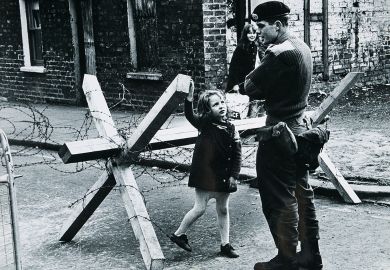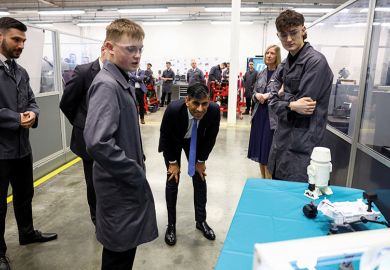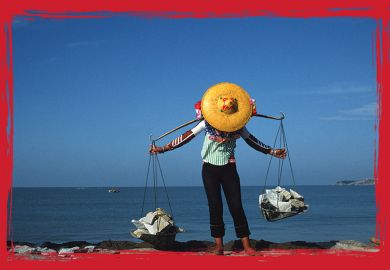The treasures of classical Indian civilisation – from a 2,000-year-old collection of poetry by Buddhist women to a major biography of the Mughal Emperor Akbar – are being made widely available in English for the first time.
The Murty Classical Library of India is the brainchild of Sheldon Pollock, Arvind Raghunathan professor of South Asian studies at Columbia University. But although he had been reflecting on the idea since he was an undergraduate, it was only when he met Rohan Murty that it came to fruition.
Dr Murty was then studying for a PhD in computer science at Harvard University, and was fascinated by his elective courses in philosophy. He persuaded his family – his father Narayana Murthy is the co-founder of the Infosys corporation – to make a large grant towards the proposed library, which was taken on by Harvard University Press in 2009 with Professor Pollock as general editor.
The series is launched with five volumes this month, with three more coming in the autumn, and editions of 35 works (in 48 volumes) are already signed up. Each will feature a freshly established original text, many in new typefaces, with a modern English translation on the facing page, together with an introduction, commentary and notes.
Although subsidised paperbacks will be available in India, Professor Pollock also predicts substantial sales in the West among scholars and those learning the languages of India or studying its literature and civilisation. Volumes already commissioned date from several centuries before Christ to 1800. As the library develops, it will include material originating everywhere from Afghanistan to Burma, and from Nepal to Sri Lanka. Thirteen languages are represented and the series is expected to include up to 20. Many of the texts have never been translated into English before and some are in little-studied dead languages.
Although the series will cover Persian and Islamic as well as Hindu and Buddhist literature, Professor Pollock believes that it will possess “a kind of coherence in terms of commonalities, presuppositions and expressive practices which make the idea of a classical library of India intelligible”. He and his series editors have started with works that are “among the most important or representative in their literary traditions…most of those traditions have their own canons of excellence which consecrated certain works as specially important or definitive. Others are texts which scholars think of as very important, turning points or decisive contributions, including Buddhist texts which have essentially disappeared from India.”
The first shelf in the library features languages ranging from Pali to Persian and Punjabi, including The Story of Manu, a core text of Telugu civilisation which has never previously been translated; the first volume of Abu’l-Fazl’s History of Akbar; and the poems by Buddhist women – among the most ancient surviving examples of women’s writing – which make up the Therigatha.
All this is just the start of what Professor Pollock describes as “decidedly an open-ended project”. The Loeb Classical Library, which publishes bilingual editions of all Latin and Greek works written before the 5th century AD, he points out, had reached 500 volumes by its centenary in 2011. There is no reason why the Murty Classical Library of India couldn’t grow to the same size.
Register to continue
Why register?
- Registration is free and only takes a moment
- Once registered, you can read 3 articles a month
- Sign up for our newsletter
Subscribe
Or subscribe for unlimited access to:
- Unlimited access to news, views, insights & reviews
- Digital editions
- Digital access to THE’s university and college rankings analysis
Already registered or a current subscriber? Login





